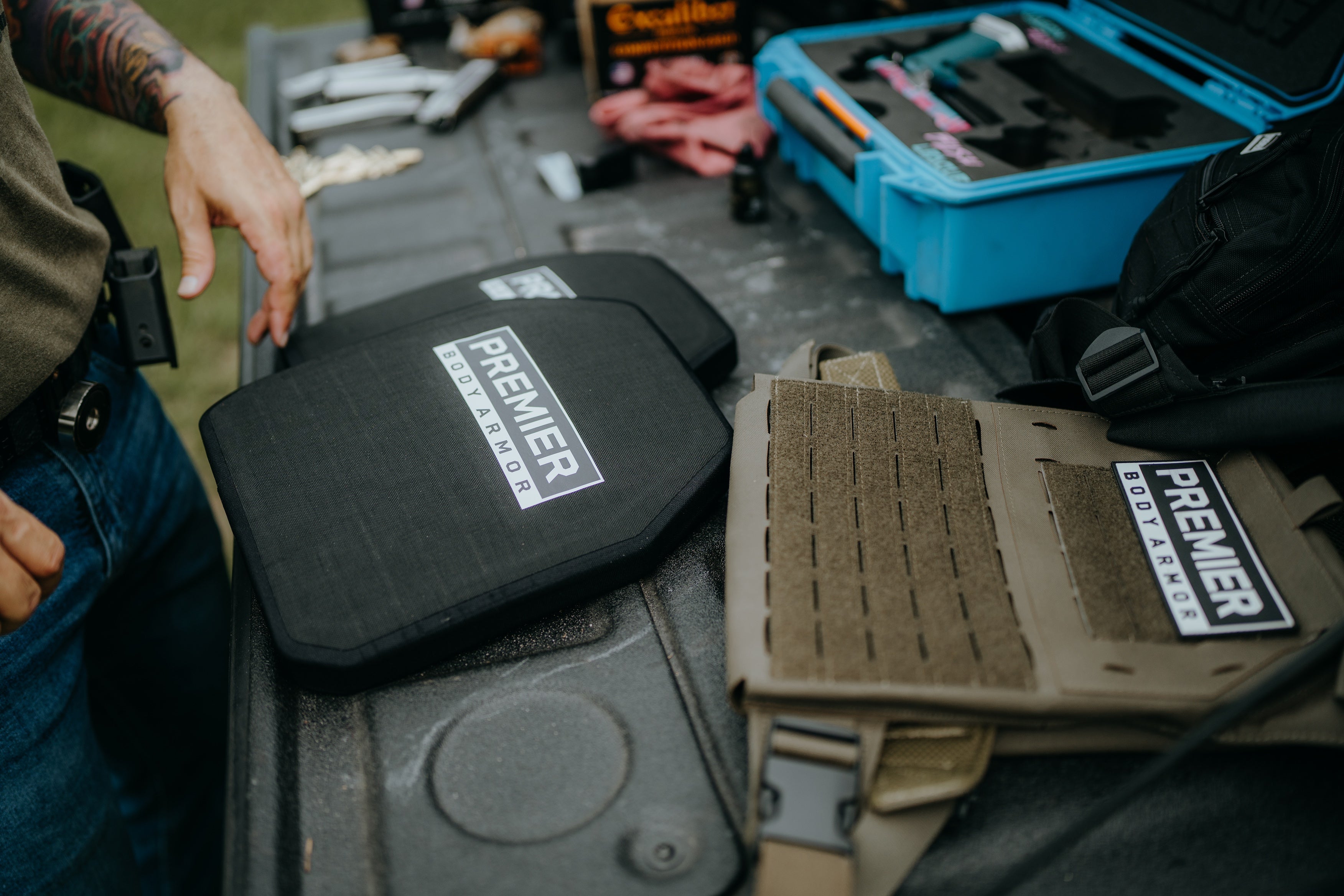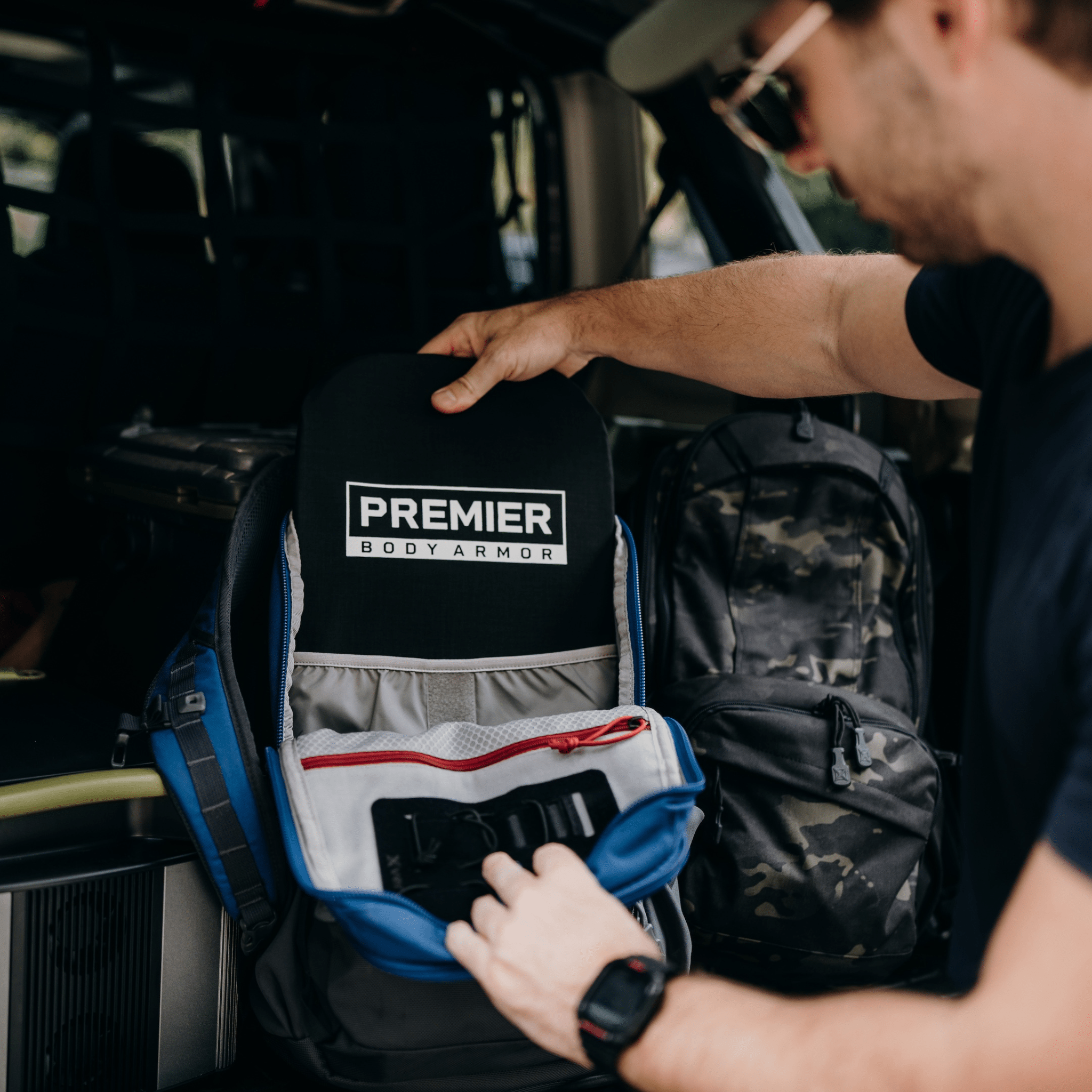Mastering DIY Bushcraft: 10 Essential Survival Tools & Projects
In bushcraft, and all things in life, it pays to prepare. Putting in work beforehand to ensure you have everything you need can be the difference between a great time, a huge hassle, or a life threatening situation.
The preparedness philosophy extends and encompasses bushcraft. For many, building and maintaining their own bushcraft gear goes a long way for keeping their bushcraft skills honed and their packs prepared. If you are interested in the art of bushcraft, consider working on these bushcraft projects to put yourself ahead of the game.
Why Choose DIY Bushcraft Projects Over Store Bought Essentials?
You might be wondering why it is worth putting in the time and effort to make your own bushcraft gear when you can save time and opt for a store bought alternative. Bushcraft diy projects, for one, are completely customizable to your outdoor needs. Catering to your preferences ensures optimal functionality when and where you need it.
Doing a diy survival project also cultivates resourcefulness, creativity, and problem solving skills, while also deepening your connection with yourself and the outdoors. Furthermore, diy bushcraft gear is also more cost-effective than store bought alternatives, providing a cost effective way to get the most out of your bushcraft experiences, both physically and financially.
Skills Every Bushcrafter Should Know Before Attempting DIY
Before diving into an intensive bushcraft project, make sure you have the skills required to make the most out of the experience. When determining what diy survival skills you’ll need to ensure your proficiency in bushcraft, consider all of the essentials to surviving outdoors.
For one, a variety of fire starting techniques are critical, whether it be a friction fire, flint and steel, or even harnessing solar energy. Having a good grasp of fire starting methods is vital to cooking, signaling, and keeping warm. Building shelters out of natural materials is another essential skill to protect yourself from the elements.
Consider brushing up on your knot tying skills too, as a well rounded arsenal of knots can aid in constructing sturdy shelters and securing gear. Foraging and identifying edible plants, as well as finding and purifying drinking water will help keep you well in a pinch. Finally, an understanding of first aid skills is essential to your diy survival kit. Take inventory of your medical supplies often, and be sure you know how to use everything you’ve got.
The Top 10 DIY Survival Projects
When choosing the right diy survival projects for you, consider some that combine challenging elements with practical applications of skill. Don’t do anything that requires more skill or experience than you have, but don’t be afraid to get outside of your comfort zone either.
Picking a project that will aid you in future endeavors, like building a diy survival kit, bushcraft backpack, or survival shelter, is a great way to prepare for the future and practice your skills.
Crafting a DIY Bushcraft Backpack – Choose Your Own Supplies
As you may already know, purchasing a ready-to-go bushcraft backpack can be quite the investment, and even then it may not cater perfectly to your needs. An alternative to this is crafting a diy bushcraft backpack, which not only ensures it fits your needs, but also enhances your outdoor self-reliance.
Begin by selecting durable materials like a tough canvas or ripstop nylon for the body of the bag. Reinforce it with waterproofing agents for functionality and longevity, and prioritize lightweight comfort with padded shoulder straps and waist belts. Incorporate multiple compartments that are easily accessed and organized.
Custom pockets that fit the parameters of your gear can increase the efficiency with which that equipment is carried. Remember, the essence of bushcraft is resourcefulness, so feel free to repurpose materials and items for a functional and unique bushcraft backpack.
Distilling Your Own Water for Safe Drinking and Cooking
In a remote outdoor environment, guaranteeing a clean water supply is essential for survival. If you are looking for a bushcraft project that solves the water problem, consider crafting a diy distilled water vessel. Creating your own offers a practical solution to the water problem, and could expand your understanding of what it takes to get clean water in the first place.
A diy solar water distiller can be made with simple, lightweight, materials like plastic containers and tubing, should be able to be packed up without much trouble, and should remove enough impurities that the water is safe for drinking and cooking. Although effective in a pinch, a diy distilled water source should always supplement rather than entirely replace proper water treatment methods.
Exercise caution and always have a backup purification option in case of an emergency.
Building a Sturdy and Functional DIY Bushcraft Chair
When spending an extended amount of time in the wilderness, comfort becomes a luxury. The comfort and support of a good chair, while easily taken for granted in the confines of modernity, can be a game changer while outdoors, both as a means of resting your body and boosting your spirit.
You can craft your own diy bushcraft chair on the go, using natural resources like sturdy branches and durable cordage, whether it be vines or malleable roots. Employ simple woodworking techniques to fashion a stable frame, and ensure it can support your weight and withstand rugged or uneven terrain.
An alternative to this is to fashion a lightweight tripod seat with materials you have at home, like aluminum or steel tubing, canvas, and plastic. A foldable tripod chair is something that can be easily packed up and taken wherever you care to adventure.
Assemble A DIY Water Bottle Filter
As previously discussed, access to clean, filtered water in the outdoors is essential to your wellbeing. In case of an emergency, it might be a good idea to craft a few diy water filters. Keep in mind that a diy survival water filter should be viewed as a last resort or supplemental solution, not your only reliable source of freshwater.
A diy water filter can be constructed with materials like activated charcoal and cotton cloth, which work to ensure the filter removes both sediment and impurities. Consider crafting and keeping 2-3 of these filters on hand incase one breaks.
Create Foolproof DIY Fire Starters
Just like freshwater, fire in a survival situation is essential to staying warm, dry, and well-fed. Consider crafting a diy fire starter to ensure you have a way to get a fire going no matter the circumstances.
You can create these “foolproof" fire starters with materials like cotton balls soaked in petroleum jelly or wax-dipped cardboard strips. These lightweight options burn easily and steadily, even in adverse conditions such as high wind or rain. Before you start a fire, be sure you have a reliable ignition source on hand, whether it be a lighter, waterproof matches, or a friction-based method like a flint and steel.
With proper preparation, anyone can conquer survival fire starting and ensure a warm and relaxing time outdoors.
Build a Rocket Stove for Cooking in the Wilderness
Cooking outdoors can be both efficient and eco-friendly with a homemade rocket stove. Rocket stoves are basically small chimneys that harness the vacuum-like conditions created by combustion to provide plenty of oxygen to your fire and maximize heat output.
A diy rocket stove can be constructed with common materials like tin cans or bricks, really anything with a high heat tolerance that can be made into a chimney shape. If you still don’t know how to build a rocket stove, research some available options and try to replicate their design. A good rocket stove can be a backcountry staple or a nice backyard addition for cookouts.
Learn to Build Snares and Traps for Animals
In a serious survival situation, procuring food through hunting or trapping becomes essential, especially if you have exhausted your initial food supply. Learning how to build a diy snare trap can go a long way, and usually only requires an understanding of a few natural materials and simple mechanisms.
Be sure you are aware of how different designs are tailored to different prey, from small game like rabbits to larger animals like deer. Consider how a diy rabbit snare would differ from a snare trap for a turkey or deer.
Mastering the art of trapping requires patience, precision, and an intense attention to detail. Consider the ethical considerations of trapping, and never hunt an animal unless you absolutely need to in order to survive.
Build a Bow and Arrows for Hunting & Self Defense
If snares and traps aren’t your style, consider crafting a diy bow and arrow for hunting and self defense. Learning how to make a bow and arrow is a great skill for those who spend a lot of time outdoors, and can also be a lot of fun.
Select suitable materials like a sturdy yet flexible wood for the bow, and straight branches for the arrows. Refine each component to ensure proper balance and functionality. Experiment with different designs and string tensions to optimize for your strength and accuracy requirements.
If you plan on carrying the bow with you frequently, be sure to practice your archery skills and have plenty of arrows on hand. With a homemade bow in hand, you unlock a versatile tool for survival.
Create Waterproof Matches for Heat and Light Any Time
Just as we’ve discussed the importance of having a lightweight and waterproof fuel source, a resilient ignition source is just as crucial to wilderness survival. Ensure your ability to light fires in wet conditions by crafting some waterproof matches.
Diy waterproof matches can be crafted by dipping regular matches in melted wax. Be sure to ensure complete coverage to seal out any moisture. Once dry, these waterproof matches will remain a viable solution even in damp environments.
Be sure to store them in a waterproof container for an added layer of moisture protection. With this simple yet effective solution, you can become the waterproof matches diy master.
DIY Your Own Survival Knife
Most everyone knows that there is little better in the outdoors than a good knife. Many people opt to purchase their own, but if you want to save some money and impress your friends, consider crafting your own diy survival knife.
Begin by selecting a high-quality steel for a blade and ensure that it remains durable and sharp over time. Shape a handle from materials like wood or synthetic composites to fit your hands, and prioritize a comfortable ergonomic grip.
If you want to go above and beyond, consider adding serrations to the blade or a pommel to the handle for added functionality. Pay attention to the balance of the knife during construction, as a well weighted and balanced knife can increase functionality drastically.
Be sure to take good care of your diy survival knife, and consider crafting a leather sheath to ensure its longevity.
Taking Your DIY Survival Projects to the Next Level: Tips and Tricks
In this article, we’ve covered a lot of different bushcraft projects you can do to expand your diy skill repertoire. Whether you are building your own diy bushcraft gear or planning for a long trip outdoors, a common theme is proper preparation and effort beforehand to ensure you have what you need, whether it be skills, materials, or equipment.
These projects are a great way to gain some experience working with your hands and cultivate a mindset of learning and exploration. Self-reliance is not just about crafting your own gear, but building up the knowledge and resilience to survive and thrive in any environment you find yourself in.










Leave a comment